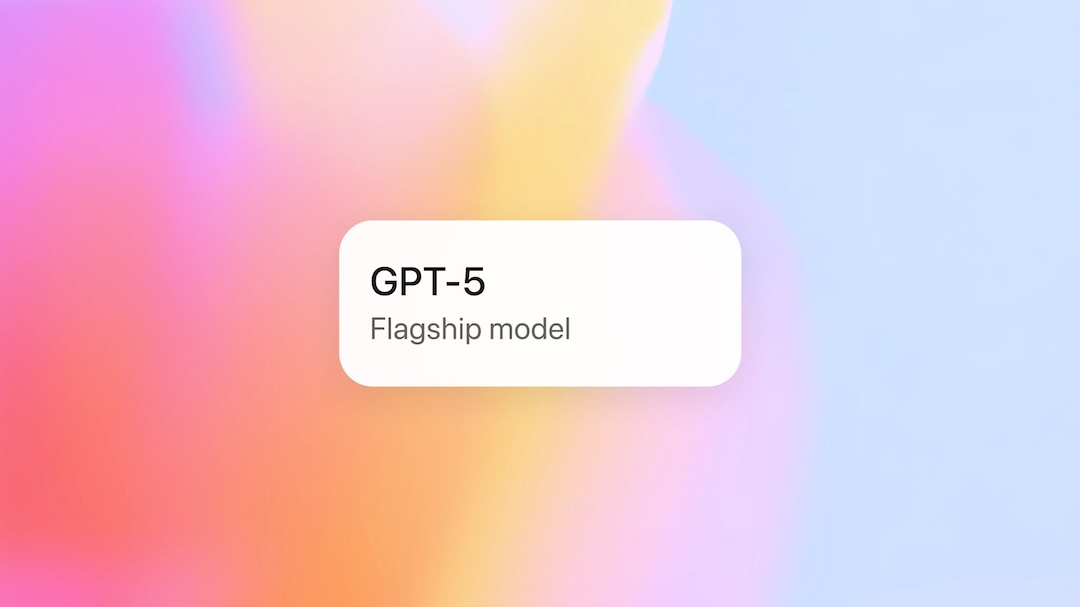OpenAI has officially launched ChatGPT-5 on August 7, 2025—and it’s already making waves across the AI industry, developer networks, and even non-technical communities. Touted as the biggest leap since GPT-3, GPT-5 is being called “PhD-level intelligence in a chatbot shell.”
In this article, we explore:
- What GPT-5 is
- Key technical improvements over GPT-4
- Performance benchmarks and use cases
- Developer-focused upgrades in the API
- Limitations and how GPT-5 addresses them
Let’s break the hype down into code, facts, and future implications.
What is GPT-5?
GPT-5 is OpenAI’s latest large language model, part of its ongoing Generative Pre-trained Transformer (GPT) series. It brings massive improvements in reasoning, interpretability, and real-time responsiveness. According to OpenAI CEO Sam Altman, GPT-5 delivers “expert-level reasoning across almost every domain” and marks a significant shift toward more reliable and usable generative AI systems.
GPT-5 vs GPT-4: Technical Comparison
| Feature | GPT-4 | GPT-5 |
|---|---|---|
| Parameters Estimate | ~170 billion | 500+ billion (rumored) |
| Training Data | Internet corpus (up to 2023) | Broader data, heavier multicore fine-tuning, up to early 2025 |
| Architecture | Standard Transformer | Advanced architecture mixing Transformer + GNN-style reasoning |
| Reasoning Capability | Limited multi-step reasoning | Accurate, multi-layer chain-of-thought |
| Hallucinations | Medium frequency | Significantly reduced, uncertainty labeled |
| Performance Speed | Moderate latency | Up to 50% faster completions |
| Multilingual Fluency | High in top 10 languages | Near-normal fluency in 40+ languages |
| Context Window | 128k tokens (in GPT-4-turbo) | 256k tokens (expandable with Pro access) |
| Domain Specialization | General + fine-tuned variants | Modular agents, improved domain-specific accuracy |
| Tool Use Automation | Limited API chaining | Multi-step tasks with memory and self-feedback |
GPT-5 is more than just bigger—it’s smarter in how it reasons, plans, and queries tools across long workflows.
Developer-Focused Features
- Improved API Verbosity Controls: You can now explicitly control answer length and structure.
- Native Function Calling: Built-in structured outputs reduce JSON parsing headaches.
- Code Generation: From CLI tools to full-stack apps, GPT-5 handles multi-part problems cleanly.
- Chain of Thought Reasoning: GPT-5 internally constructs logical steps before responding, enabling more accurate task planning and fewer logic errors.
- Parallel Tool Use: Multiple tools and API endpoints can now be used simultaneously within agentic chains.
Developers using GPT-5 in workflows are reporting up to 3x reduction in necessary prompt tuning and retries compared to GPT-4.
Use Case Improvements
GPT-5 shines particularly in these domains:
- Programming: Handles end-to-end development tasks including debugging and optimization suggestions.
- Healthcare & Legal: Provides more balanced and safe explanations with clearer context flags.
- Education: Offers tailored tutoring with advanced scaffolding and error correction logic for students.
- Content Creation: Maintains narrative cohesion over longer scripts and entire documents.
Whether building chatbots, writing copy, or running research assistants, GPT-5 significantly reduces guesswork.
Real-World Performance
Early testers and independent benchmarks show upward of 15-30% improvement in factual accuracy, response throughput, and reasoning clarity compared to GPT-4 variants.
GPT-5 now exhibits:
- Reduced factual hallucination rates
- Higher transparency with uncertainty indicators
- More accurate code runtimes on standard evals like HumanEval & MBPP
It also handles adversarial questions and ambiguous phrasing with more graceful fallback responses, often presenting follow-up clarifying queries instead of hallucinating confidently.
Limitations of GPT-5 (and What’s Still Missing)
Despite the hype, GPT-5 has limitations:
- Still text-only in many edge deployments (Vision + video available in enterprise settings only)
- Computation heavy for self-hosting
- Not always fully explainable—while “chain of thought” helps, true interpretability is still a work in progress
- Ethical and safety questions still remain for deployment in sensitive industries
Also worth noting: GPT-5 is not AGI. Yet.
Future of Work & What GPT-5 Means for You
GPT-5 is distinctly tuned for augmented intelligence rather than full automation. It can absolutely take over rote tasks, draft smarter, code better, and analyze faster—but it still relies on human direction and judgment.
Industries expected to see most impact:
- Software Development
- Digital Marketing
- Customer Support (agentic workflows)
- Research & Education
If you’re in these fields, GPT-5 will make you more productive, not less relevant.
Final Thoughts: Is GPT-5 Worth The Switch?
Absolutely. GPT-5 is a leap, not a crawl.
If you’re still using GPT-3.5 or even GPT-4, now is the best time to upgrade. Whether it’s through ChatGPT, OpenAI API, or an integrated dev tool, GPT-5 marks a turning point where LLMs become competent digital co-workers.
Startups and solo devs: Now is the time to build. GPT-5 enables faster prototyping, cleaner UI copilot integrations, and more resilient agents.
Stay Updated From the Inside
This blog was curated from the latest verified reports via OpenAI, the Verge, Reuters, and developer documentation.
Subscribe to What’s Up With AI for weekly breakdowns, trend reports, and no-nonsense technical wisdom about artificial intelligence.
